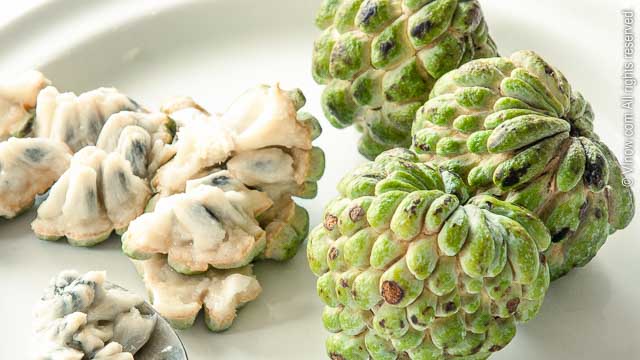In part one of What’s Growing in the Backyard (included in last month’s newsletter) we talked about some great local fruit that were in season during the summer months. One of the fruit mentioned was mango, and while my mango tree is done fruiting for this season, a few other trees have just gotten started. As a result here is part two of What’s Growing in the Backyard – Local Fruit.
Key Limes
Limes grow on a shrub like tree. They have thorny stems and green leaves. Limes are juicy, round and small. They are typically green to yellowish green. The fruit is sour and acidic in taste but valued for its juice. It is used in drinks, in deserts, condiments, salad dressings and food. The oils and extracts, because of the aroma, are used in cleaning products and perfumes.
Avocados

Avocado refers to both the tree and the fruit it bears. It is native to the Caribbean, Mexico, South and Central America. It is an evergreen tree. An average avocado tree can produce about 120 avocados annually. (That is likely in great conditions, as my tree has never reached anything close to that number. But, there is always this year!) The fruit have a green skin and are pear shaped. The West Indian variety of avocados is larger than the familiar Hass avocados. It also has smooth skin rather than the rough skin of the Hass. They mature while on the tree but ripen off the tree. A ripe avocados’ flesh is green toward the outside and yellow toward the middle. It has a buttery texture.
Sugar Apple
Sugar-apple is a tropical fruit bearing tree thought to be native to the Caribbean. The tree can grow to 20 feet tall but sometimes remains shorter, more of a shrub. The fruit is round with a lumpy skin. The fruit is green, the flesh inside is white to light yellow. The flesh is sweet and resembles custard. The white edible flesh contains many seeds which are not edible. The fruit must be picked when mature, if picked earlier it will not ripen. One of the best signs of maturity is a whitish or yellowish coloring between the lumps on the skin. The fruit must then sit for a few days to ripen, the lumps further separate and the fruit becomes softer. To eat the sugar apple it is usually broken in two and the flesh and seeds spooned out. The hard seeds are separated from the flesh in the mouth and then spat out. In the U.S. Virgin Islands the leaves of the Sugar Apple tree are used for medicinal purposes.
While visiting the U.S. Virgin Islands be sure to try some local fruit. Road-side fruit stands often have a nice selection of locally grown fruit, in addition to some brought in from neighboring islands. Both St. Thomas and St. Croix also have market days a few times a month and these open-air markets often have a selection of locally grown fruit. Another great opportunity to sample local fruit is to attend the annual Agricultural Fairs on St. Thomas and on St. Croix.






